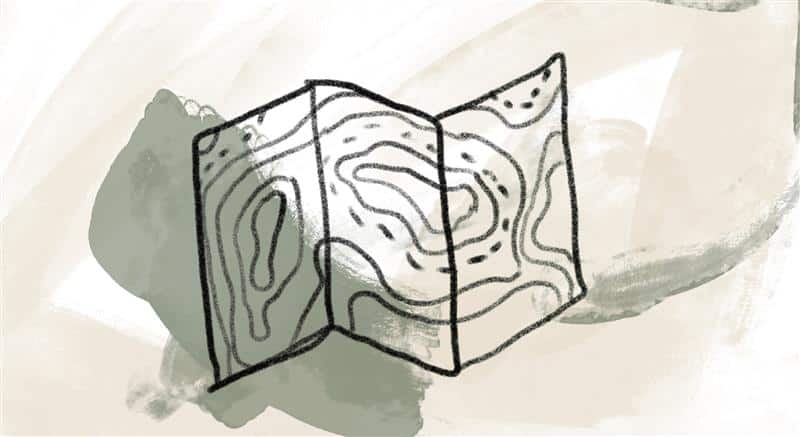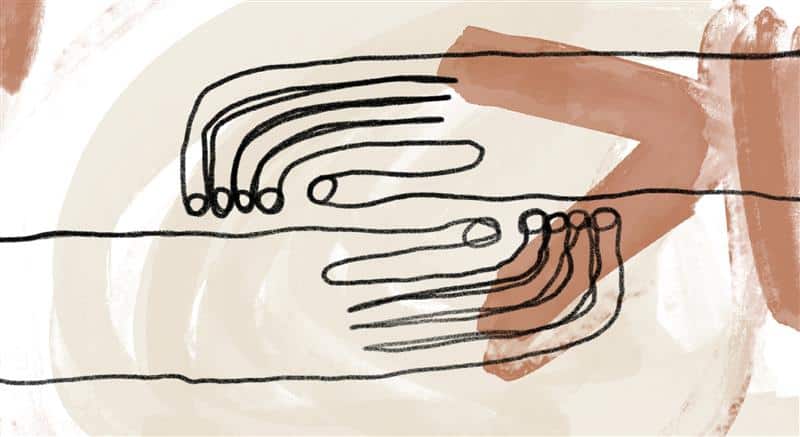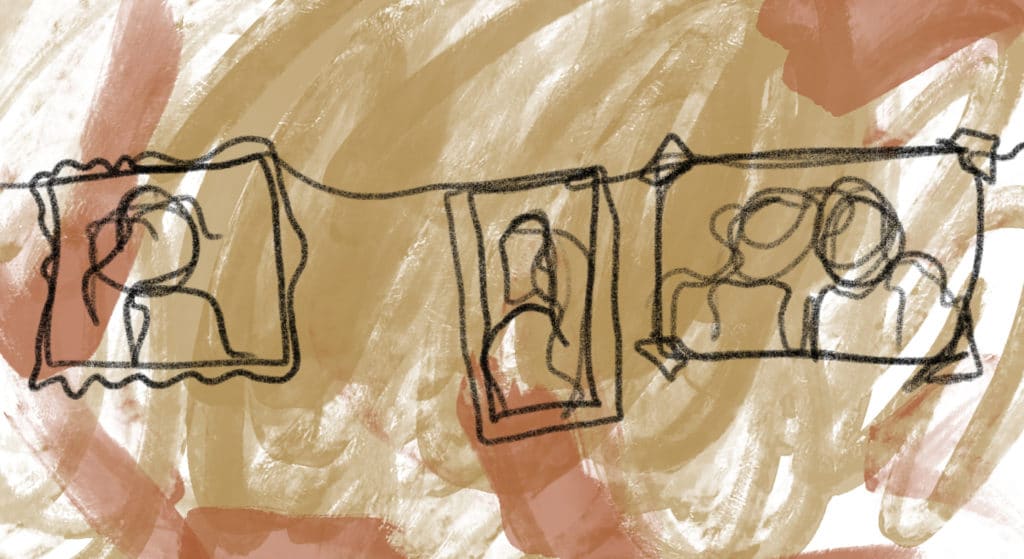
Richard reflects on what it means to respond to God’s call of love and justice for the common good:
What, then, does it mean to follow Jesus?
History is continually graced with people who somehow learned to act beyond and outside their self-interest and for the good of the world, people who clearly operated by a power larger than their own. Consider Gandhi [1], Oskar Schindler, Martin Luther King Jr. Add to them Rosa Parks, Mother Teresa, Dorothy Day, Óscar Romero, César Chávez, and many unsung leaders. Their inspiring witness offers us strong evidence that the mind of Christ still inhabits the world. Most of us are fortunate to have crossed paths with many lesser-known persons who exhibit the same presence. I can’t say how one becomes such a person. All I can presume is that they were all called. They all had their Christ moments, in which they stopped denying their own shadows, stopped projecting those shadows elsewhere, and agreed to own their deepest identity in solidarity with the world.
But it is not an enviable position, this Christian thing.
Following Jesus is a vocation to share the fate of God for the life of the world.
To allow what God for some reason allows—and uses.
And to suffer ever so slightly what God suffers eternally.
Often, this has little to do with believing the right things about God—beyond the fact that God is love itself.
Those who respond to the call and agree to carry and love what God loves—which is both the good and the bad—and to pay the price for its reconciliation within themselves, these are the followers of Jesus Christ. They are the leaven, the salt, the remnant, the mustard seed that God uses to transform the world. The cross, then, is a very dramatic image of what it takes to be usable for God. It does not mean they are going to heaven and others are not; rather, it means they have entered into heaven much earlier and thus can see things in a transcendent, whole, and healing way now.
Saints are those who wake up while in this world, instead of waiting for the next one. Francis of Assisi, William Wilberforce, Thérèse of Lisieux, and Harriet Tubman didn’t feel superior to anyone else; they just knew they had been let in on a big divine secret, and they wanted to do their part in revealing it.
God is calling every one and every thing, not just a few chosen ones, to God’s self (Genesis 8:15–17; Ephesians 1:9–10; Colossians 1:15–20). To get every one and every thing there, God first needs models and images who are willing to be “conformed to the body of his death” and transformed into the body of his resurrection (Philippians 3:10). These are the “new creation” (Galatians 6:15), and their transformed state is still seeping into history and ever so slowly transforming it into “life and life more abundantly” (John 10:10).
References:
Adapted from Richard Rohr, The Universal Christ: How a Forgotten Reality Can Change Everything We See, Hope for, and Believe (New York: Convergent, 2019, 2021), 152–153, 154.
Image credit: A path from one week to the next—Jenna Keiper, Untitled Bosque, Benjamin Yazza, Untitled 10, and Untitled 8. Used with permission. Click here to enlarge image.
Just as a bird notices an impulse and takes flight, so we also hear and respond.
Story from Our Community:
I am an 85-year-old widow living alone. Your daily meditations are such a help to me, teaching me to live on the deeper level we all share. My life is no longer a struggle to get through each day. Your morning readings connect me with the holiness of just being present. —Joyce K.




